More than a year ago (wow, it's really been that long!), I started a
Eyeshadow for Asian eye shapes series. I felt there was a need for such a series of posts because I was seeing a lot of "Asian eye tutorials" flying around, promoting themselves as applicable for ALL Asian eyes. Most of them (if not all) were working on the premise that was one generic type of Asian eye shape, which was why one particular mode of application (promoted in their tutorial) was sufficient to cover all Asian eyes.
Being an Asian girl myself growing up and living in Asia, I felt this was a gross over-generalization, as there was obviously more than one type of Asian eye shape! Thus, any tutorial for a generic "Asian eye shape" just isn't going to cut it. Instead, we should examine the eye shape, see what features it has, and then adjust the eyeshadow placement accordingly. To draw a parallel, if some Youtube guru had a "Caucasian eyes eyeshadow tutorial", that guru would probably get a lot of hate comments saying that there's no such thing as a one-size-fits-all eyeshadow tutorial for all Caucasian eyes, because there was more than one type of eye shape - so in a similar manner, because there are many different types of Asian eye shapes, we shouldn't be limiting ourselves to just one particular method of application.
My series sought to examine a few types of Asian eye shapes I commonly saw, and suggest a suitable way to then apply eyeshadow given the particular features of the eye shape. Of course, it's also not definitive, and by means not the only method that can be used - it was just more to debunk the myth held by some that all Asian eyes were the same, and to suggest potential alternatives.
Anyway, if you want to read more about the rationale behind this mode of thinking, you can read the
introductory post to the Asian eyeshadow series. But today I thought I'd bring that up again because I recently received a request from one of my readers, Josephine, who asked me to suggest some eyeshadow placement tips - so I thought, why not?
Josephine has kindly allowed me to use the photos of her eye that she sent me for illustration purposes for this blog (apologies that they're a tad blurry - but hey, she's nice enough to let me use her pics!). Her eyes are relatively round, and quite prominent. And she also has a crease line that is slightly hooded. You can see this in the photo below:
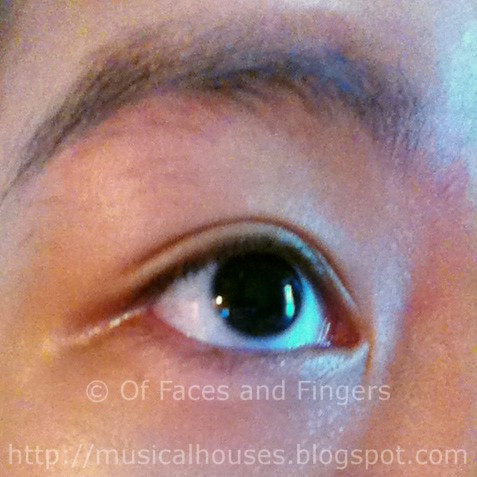
Now that we've looked at her eye, let's get on to the good stuff! This post may end up being a bit longer than my usual posts, so I've taken the liberty of including headings to make it clearer what each section is about.
How NOT to Apply Eyeshadow for this Eye Shape
One of the popular methods I've seen used by Asian girls with a crease line is that they tend to fill the eyelid area up to the crease with a very thick line of eyeliner, or dark eyeshadow, and leave the rest of the eye bare, or with a very light shade. The diagram below illustrates this placement. It's a commonly used technique, but I personally don't like this technique, especially for eyes like Josephine's, where the crease is hooded, and the creaseline falls below the actual contour area of the eye.
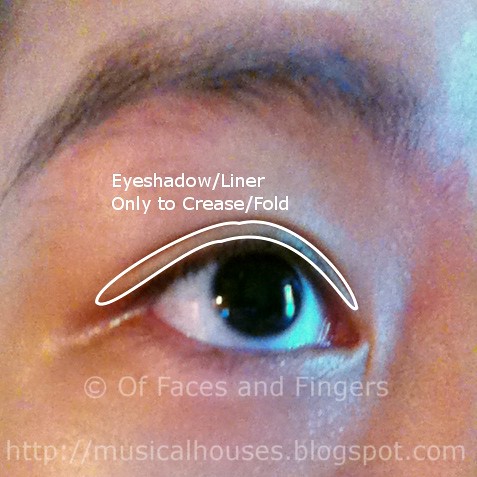
The reason why I'm not a fan of such placement is because it doesn't contour the eye at all. In contouring eyes, we typically want to recess prominent areas, and highlight recessed areas. This is why if you have small eyes with a relatively recessed eyelid area (like me!), a common tip suggested will be to use light shades on the eyelid area, and contour the crease area with a darker shade, and is also why if you have large round eyes that protrude slightly, a common tip will be to use a darker shade on your eyelid area. There are some exceptions (e.g. brownbone areas are generally always made more prominent), but this is the case more often than not.
However, in the case of this technique, where a dark shade is applied only until the crease line, and the rest of the eye area is light, we are in fact recessing the areas that are already recessed, and bringing forward areas that are already prominent. Because her crease line is low and hooded, the eyelid space below the crease line is recessed, while the space above the creaseline is prominent (you can see in the above photos) The diagram below illustrates this:

So as you can see, for Josephine's eye shape, this is not a great way to contour the eye. By putting dark eyeshadow/eyeliner up to the creaseline, we are recessing the already recessed area under the creaseline further. And by leaving the rest of the eye untouched, or by filling it with a light eyeshadow shade, we are highlighting an already prominent area and bringing it forward further. In fact, far from contouring the eye, we are anti-contouring it! This technique works on some eye shapes, but not all, and Josephine is an example of why this commonly-used technique isn't optimal for all Asian eye shapes. I have to admit that whenever I see it employed by a girl whose eye shape doesn't suit this technique, I cringe a little inside.
Now that we've covered how NOT to apply eyeshadow for Josephine's eye shape, what are possible eyeshadow placement techniques that we can use? There are a few methods, but I'll just cover two possibilities.
Eyeshadow Placement #1: Full Contouring of Eye
The first is that we would have to contour the eye more effectively - so we have to ensure that the darkest contouring colour lies above her creaseline, and is actually placed at the cotour area of her eyes. This is because in some Asian eyes, as in Josephine's, the creaseline actually lies below the contour area of the eye. The first step would be to identify the actual contour area of her eye, and place the dark contour shade there. Josephine's eye shape is pretty similar to a
previous post in the Asian eyeshadow series, so if you wish to read more about identifying the contour area for such eye shapes, do head on to that link. In the interests of not making this post too long, I'll just skip ahead to the diagram:
To contour her eyes, we would have to place the lid colour on her lid area, beyond the creaseline that she has, and up to the actual contour area of her eye. Her "crease colour" area would then be placed not in her actual crease line, but the contour area of the eye - where the eyeball meets the bone socket is usually a good indication of this. And lastly, we can highlight her eyes. In the other previous post with my friend Blair, I suggested contouring the outer-V area of the eye - this is also useful for Josephine's eyes, since they are round, although I didn't include that in this diagram.
Eyeshadow Placement #2: Simplified Contouring of Eye
The second way we could apply eyeshadow on round, prominent and hooded eyes like Josephine's would also use the same principles, but simplified for days when you don't have time to do a full eye makeup, and just want to swipe some eyeshadow on. Here, I'm suggesting the use of a single lid shade, and applying from the lashline up to the contour area, blending at the contour area. The diagram below illustrates this:
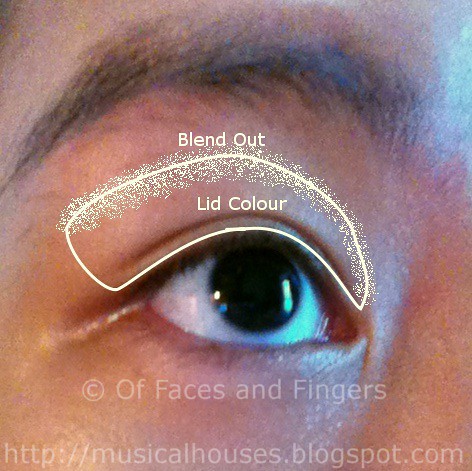
Like the first eyeshadow placement, this one also identifies the contour area of the eye as being above the actual crease line, and then filling the area up to there with the lid colour. The effect is that the prominent area above the crease line and the recessed area below the crease line are both being treated equally, thus visually balancing the eye a little more. Also, by applying the lid colour up to the contour area, we open up the eye a little bit, instead of closing in the eye visually by applying the shade only until the crease line.
This technique may also be useful for girls who are not comfortable with the Eyeshadow Placement #1 suggested, as it contours the eye without making it look too made-up. Some girls I've met are so used to lining their eyes up to the creaseline with a dark eyeliner, that they get used to seeing their eyes that way. Thus, even when they realize that it may not be the optimal technique for their eyes, they are still resistant to contouring their eyes fully because, after being used to just a thick lined eye, having to contour feels like "too much eyeshadow" for them. So this placement also strikes a compromise for such girls.
Finally: Conclusion and Final Tips
Wow, that's been a long post! I'm surprised my fingers aren't sore from all that typing...Oh wait, my shoulders are. LOL. Anyway, in general, I would say that identifying the contour area of your eye is perhaps the first step towards proper eyeshadow placement. Sometimes, Asian girls with crease lines think that the crease line is the contour area, when usually it is below the contour area. Josephine is a good example of such a case. So in Asians, identifying the contour area alone can be a challenge! But once the contour area has been identified, then all that remains is to then place the eyeshadow according to the eye shape - is it round/almond, large/small, prominent/recessed and so on. (My previous posts in the series have a bit more information on this, if you'd like to read it.)
One last word though, is that I'd like to stress that this isn't by any means the only way you can apply eyeshadow. It's certainly not definitive, but it's just a few suggestions about what could work, and may not work for everyone. At the end of the day, makeup is all about trial and error sometimes. But I hope this has helped some of my readers out there who may have eye shapes similar to Josephine, or who are wondering why their friend can rock a thick line of eyeliner and they can't. It all boils down to finding the most suitable eyeshadow placement for your eye shape! And a big thank you to my dear reader Josephine for allowing me to use your eye photos! I hope you've liked this post too! :)

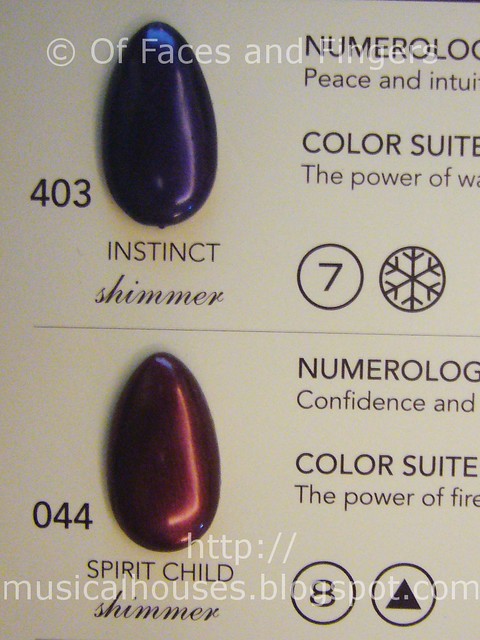
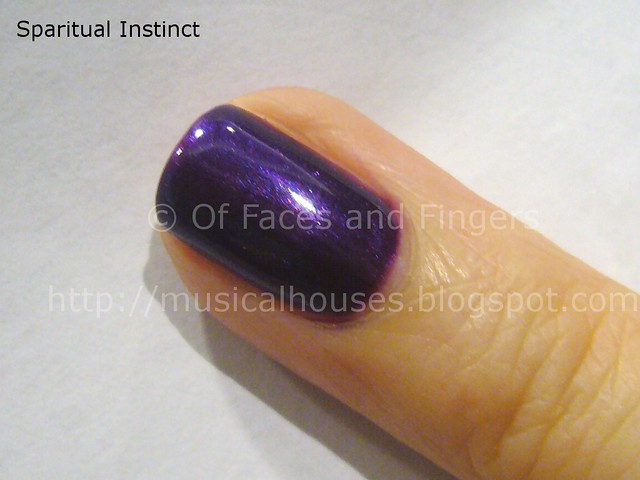
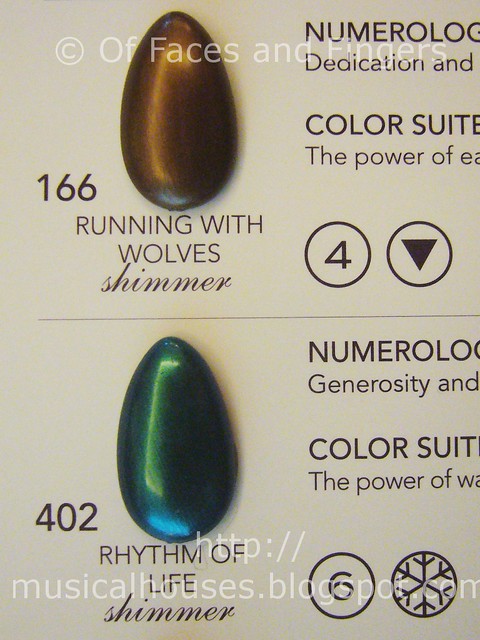
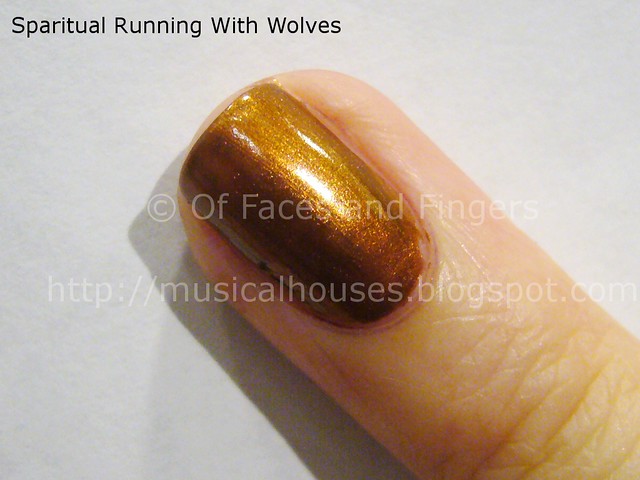
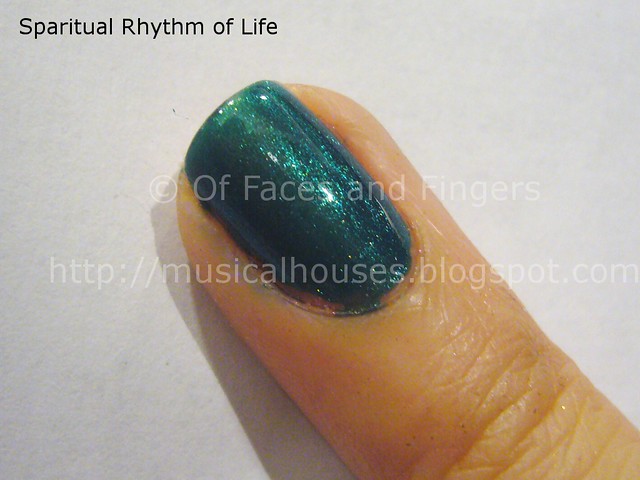
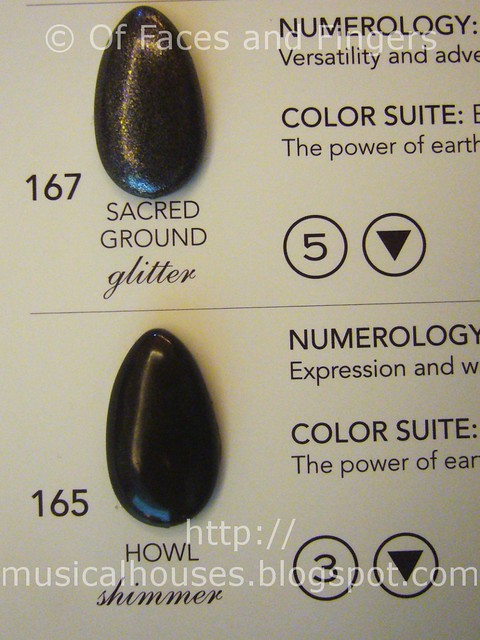
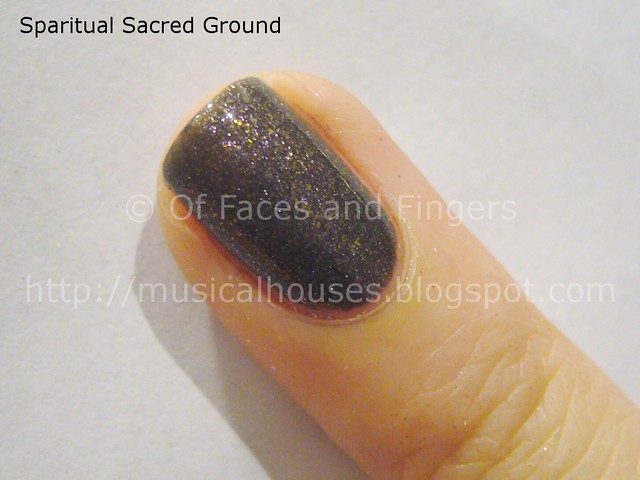
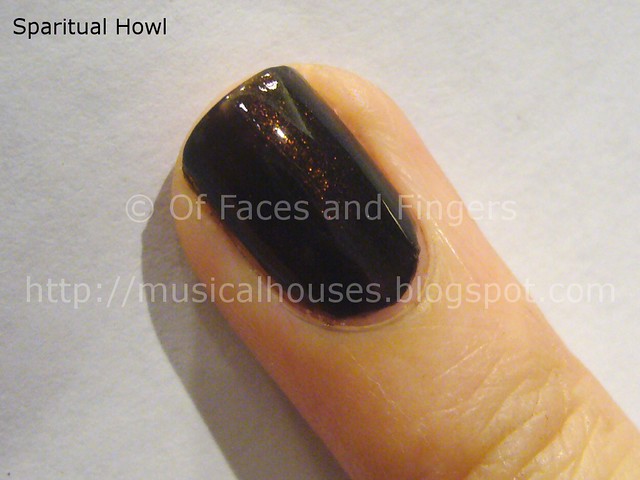



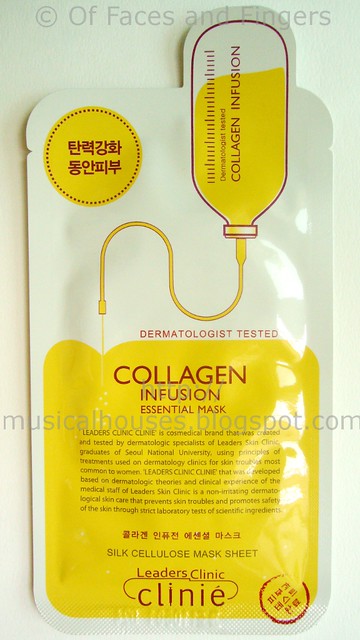

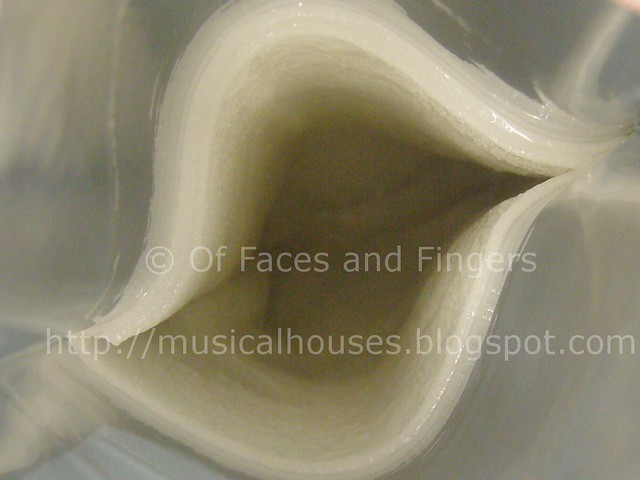
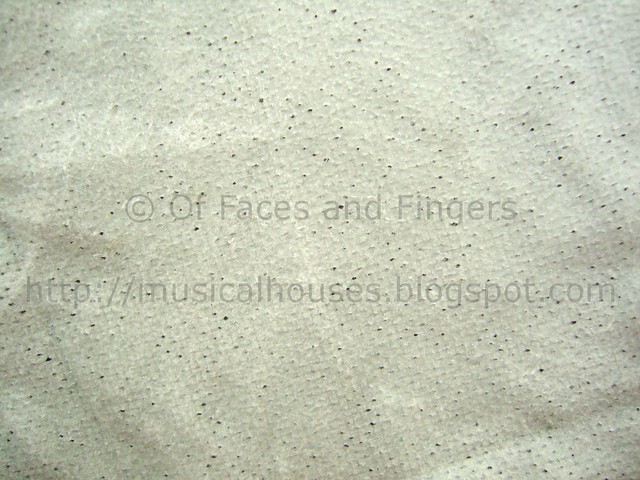







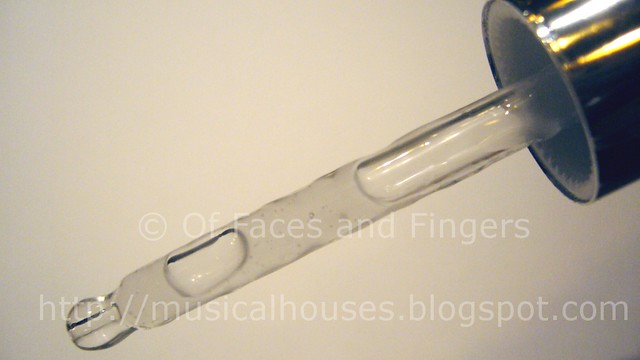
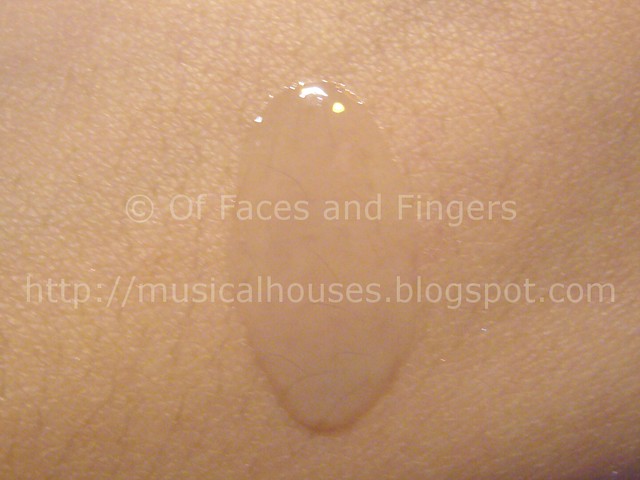
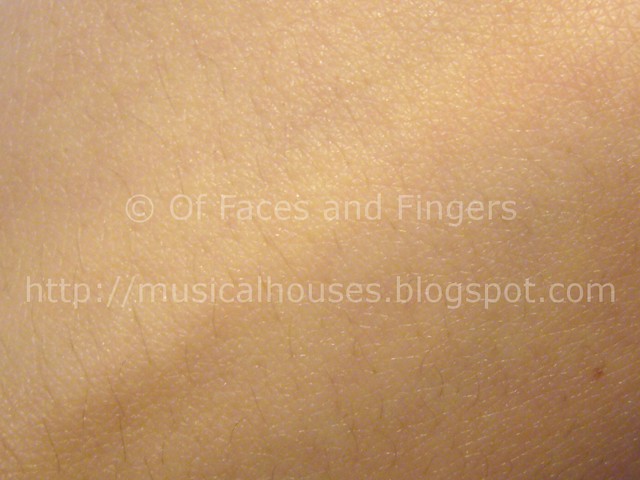
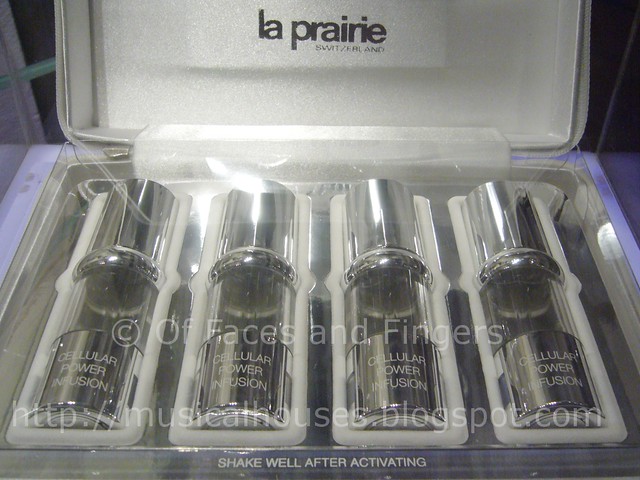
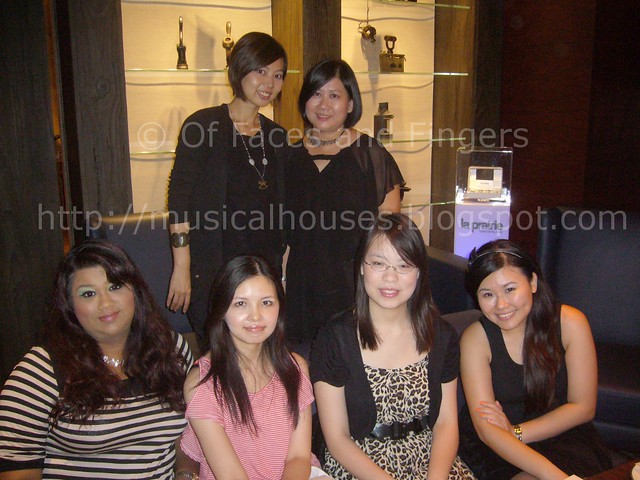
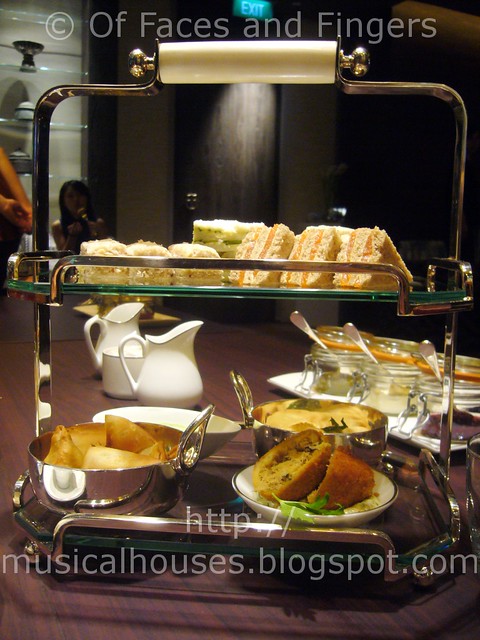

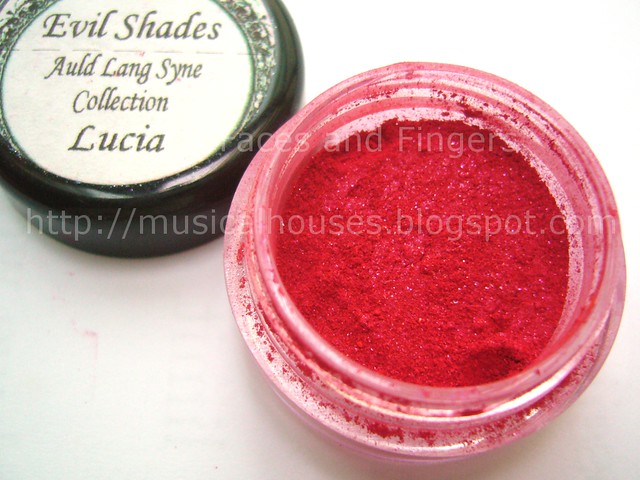
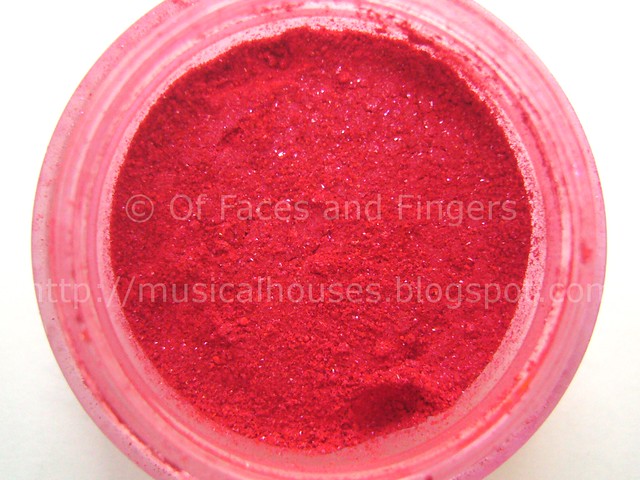
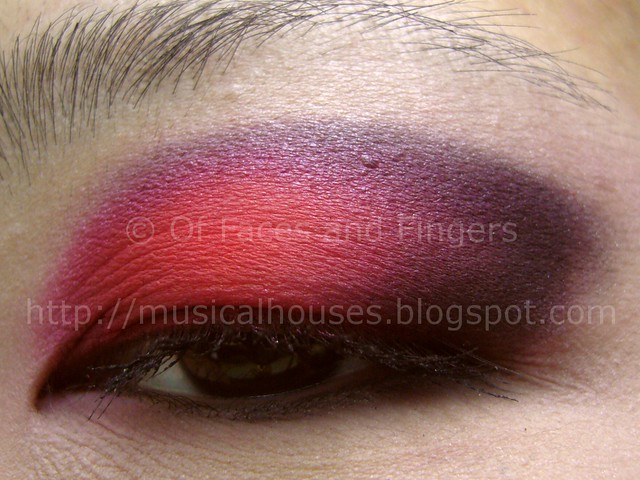
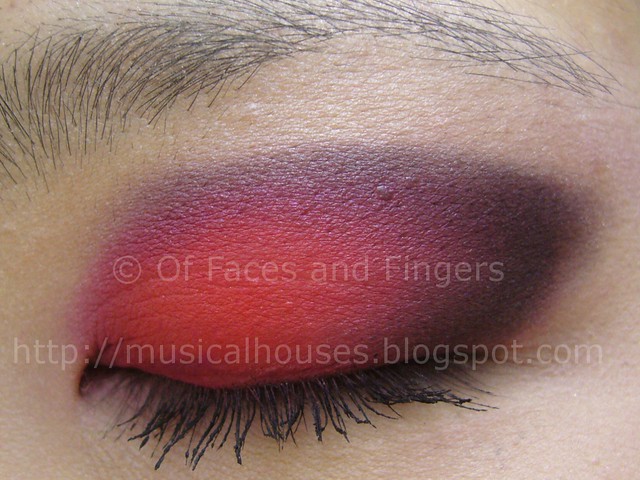
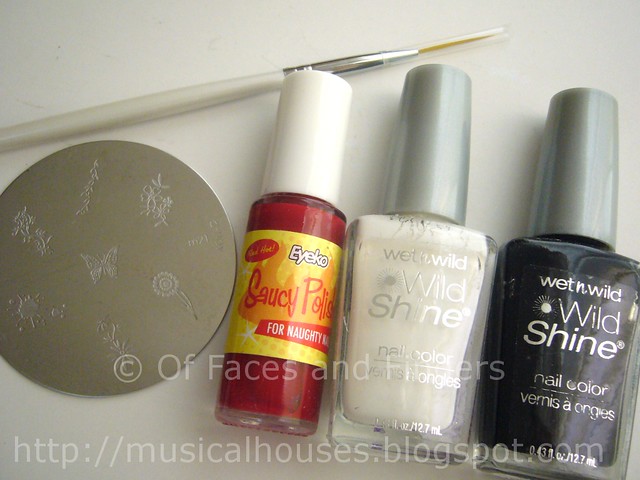

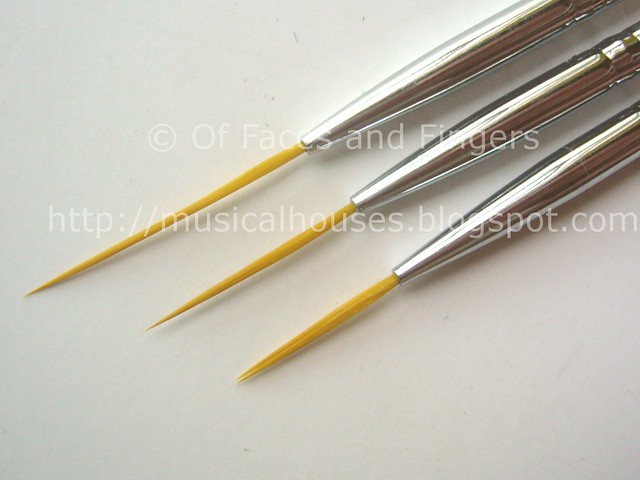
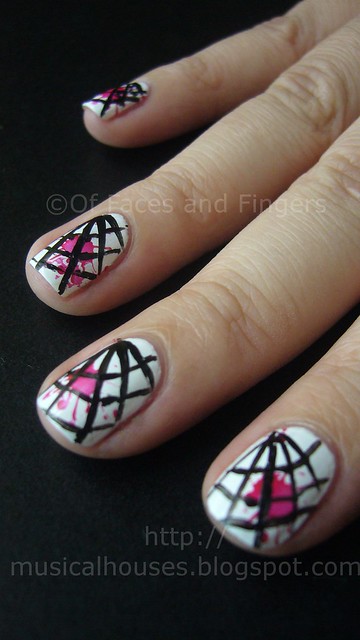


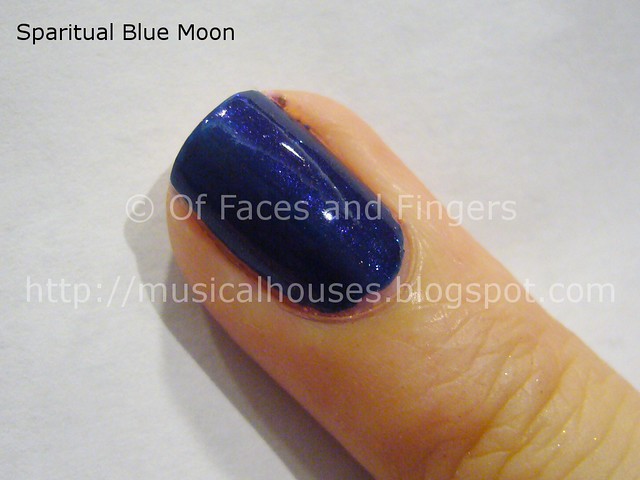
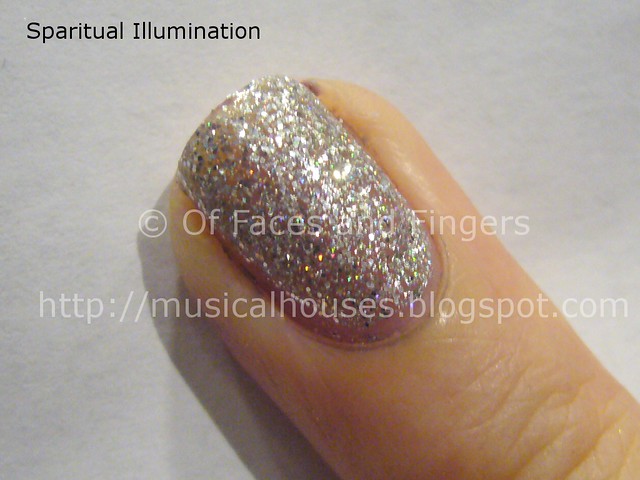
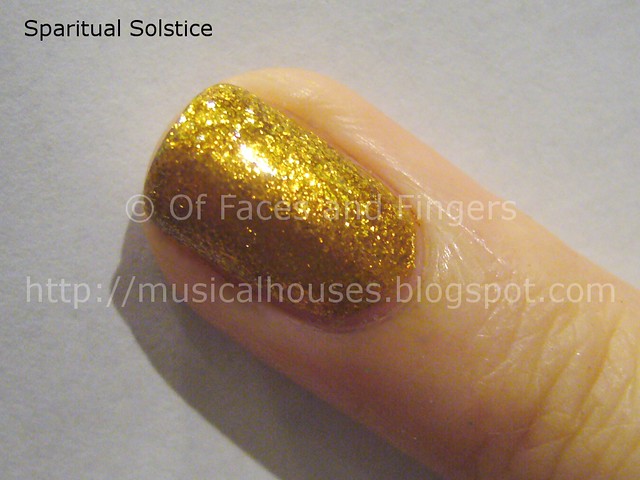
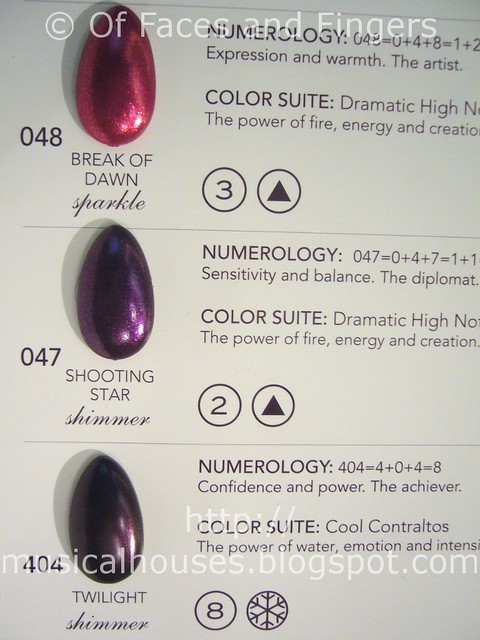

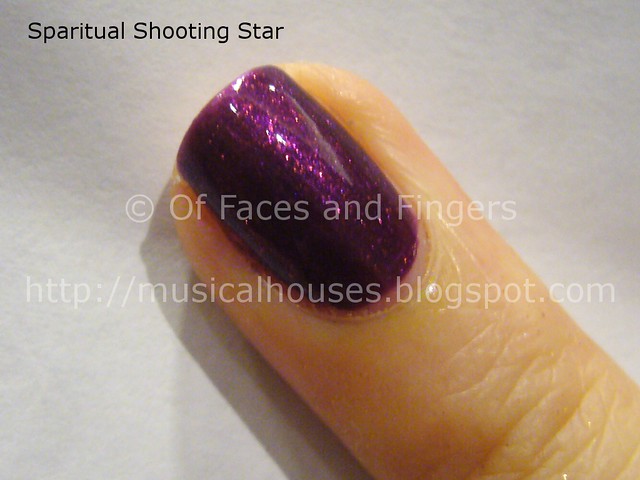
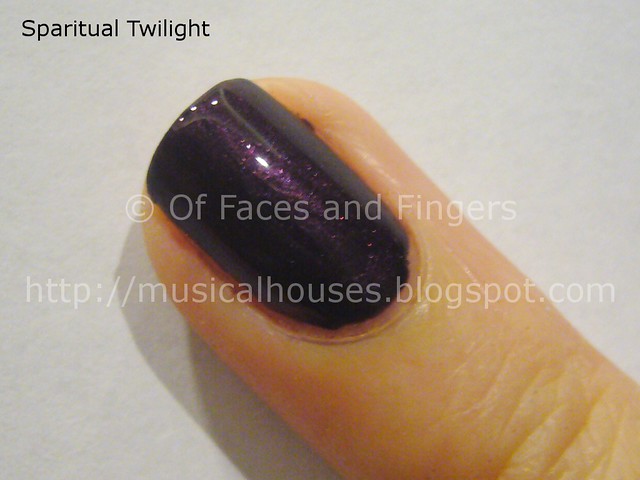

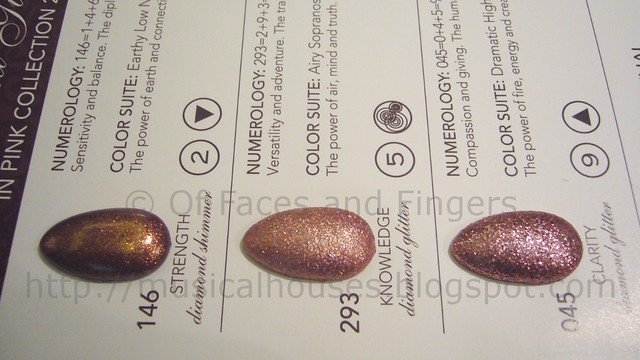
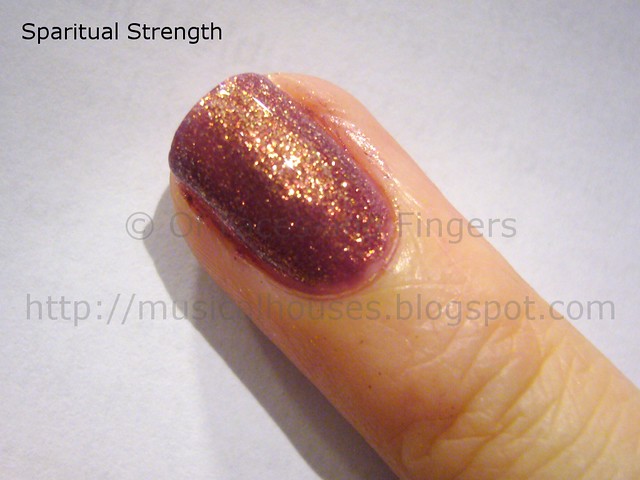
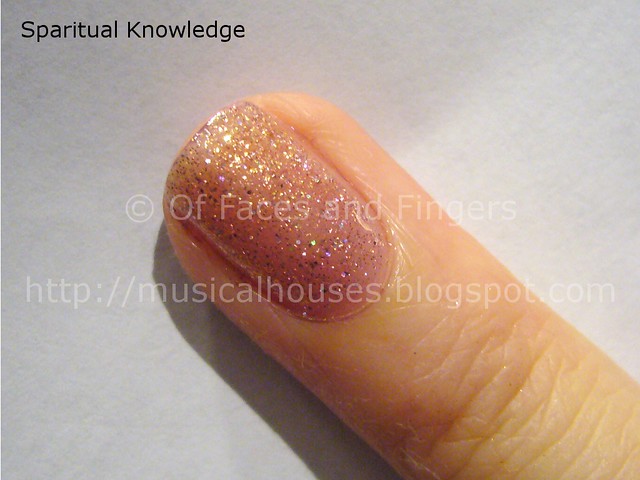
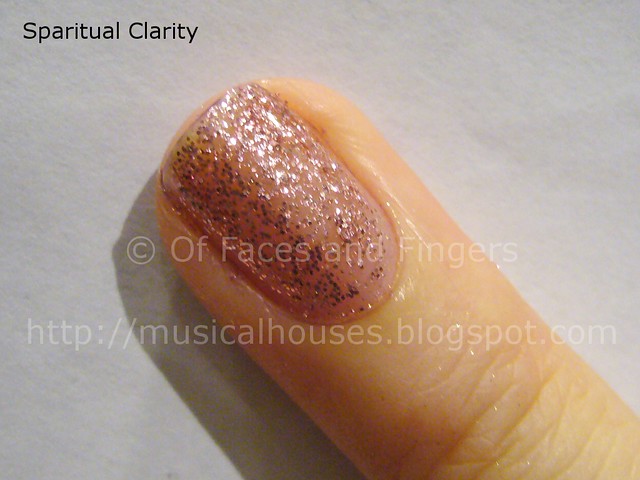
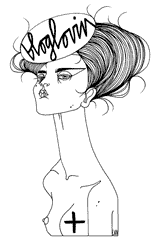











Thursday, September 29, 2011
9 comments